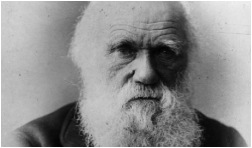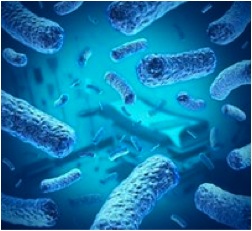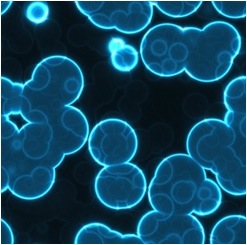Another theory, Uniformitarianism, was propounded by Charles Lyell between 1830 and 1833. He asserted that the laws of nature are constant and immutable over time and space and that such laws could be identified and would account for evolution.
New theories abounded after Darwin, too. In 1893 William Haacke and the zoologist Theodor Eimer espoused Orthogenesis. They generally conceived of evolution as moving forward in a straight line and held to a regular course by non-random forces that are internal to the structure of organisms. These internal factors essentially propel an organism forward developmentally and selection is limited in scope.
The Vitalists in the early 20th Century proposed that evolution was driven by the fact that living organisms are fundamentally different from inanimate ones as they are imbued with an intrinsic ‘vital spark’ or energy. This was not a new idea and, in fact, it was an ancient doctrine that had been believed by many great scientists including Louis Pasteur. However, this concept was eclipsed by the rediscovery in 1900, by Hugo De Vries and Carl Correns, of the critical work previously done by Gregor Mendel, an Austrian friar and scientist who is considered the father of classical genetics. He had discovered by working with garden peas that the result of a cross between peas of different colors was not only a blend, but also yielded offspring of both separate colors in predictable ratios. He conceived of the concept of heredity units, which he called “factors” and were later called genes.
The rediscovery of Mendel’s work in genetics led to a variety of new proposals and theories and a division in perspective that this reverberates today. One school of theory favored viewing evolutionary development as primarily proceeding by large mutations or jumps, called Saltationism. Another opposing school, the Biometric school, advocated that variation was continuous and gradual in most organisms and favored a mathematical and statistical approach. Both were attempting to unite Darwinism with genetics and it is this latter approach that is embodied in what is termed the Modern Evolutionary Synthesis or current Neo-Darwinism.
The development of population genetics as the study of genetic variation and gene distribution in populations under the influence of natural selection was pioneered by Fisher, Haldane, and Wright. Their work was fundamental in establishing many of the underlying principles of Neo-Darwinism. The Williams Revolution of the mid 1960s shifted thinking from population genetics models to natural selection via kin selection. In this model, the gene is the fundamental unit of self-preservation either by acting to protect and preserve itself or closely related genes. This was expanded by Richard Dawkins who popularized the concept of the “selfish gene,” a gene centered view of evolution with selection acting on the genes themselves and not only on organisms or populations. In this view, we are just genetic vessels or carriers.
Contemporaneous to Dawkins, the concept of endosymbiosis was widely popularized by Lynn Margulis in the 1970s although it had been proposed decades earlier. The underlying theme of ‘endosymbiotic theory’ as formulated as early as the late 1960s was that the evolution of eukaryotic cells (cells with complex structures enclosed by membranes) over millions of years was enacted by the interdependence and cooperative existence of multiple prokaryotic organisms engulfing and incorporating one another. Although originally dismissed as a fringe concept, it is now recognized as the key method by which some organelles have arisen.
More recently, Eugene Rosenberg and Ilana Zilber-Rosenberg presented research advancing the concept that the object of natural selection on genomes is not solely on the individual and its central genome but on the combination of a ‘host’ organism and the entire symbiotic community with which it is associated. From this concept of the hologenome, originally conceived by Richard Jefferson, an entirely robust and alternative narrative of evolution can be offered, Hologenomic Evolution Theory. In this theory, evolutionary development builds upon cellular interactions governed by immunological rules. Natural selection remains an important factor but is displaced from its central role.
 The Microcosm Within | Modern Theory of Evolution |
The Microcosm Within | Modern Theory of Evolution |



